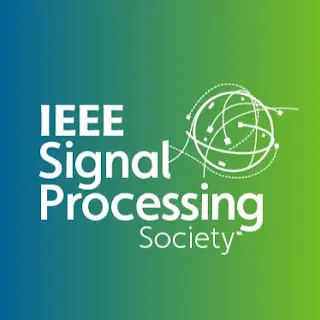Adaptive Multimodal Graph Integration Network for Multimodal Sentiment Analysis
Most current models for analyzing multimodal sequences often disregard the imbalanced contributions of individual modal representations caused by varying information densities, as well as the inherent multi-relational interactions across distinct modalities. Consequently, a biased understanding of the intricate interplay among modalities may be fostered, limiting prediction accuracy and effectiveness.
